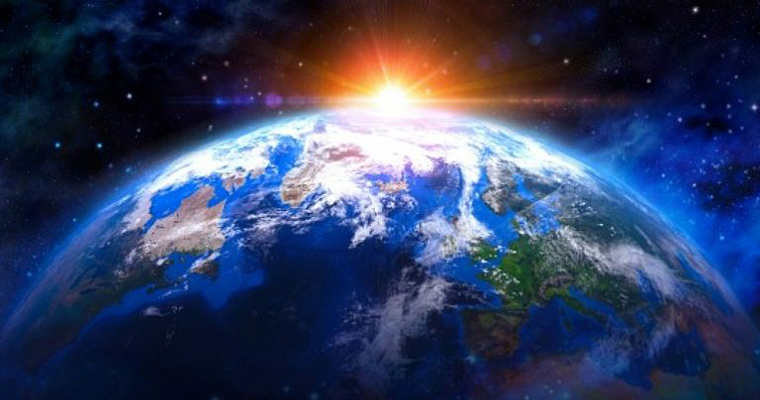
We tend to think of intelligence as something that can be acquired. However, intelligence is a primordial attribute of living things that predates any specifically human activity. Knowledge, of course, can be acquired by people, enhanced, embellished and expanded. Intelligence, on the other hand, is what allows knowledge itself to develop. Defining intelligence, therefore, requires looking at it through larger frames of reference.
There is an overall intelligence to life that is constantly at work and visible around us. Some believe that the intelligence displayed by living things is due to a divine presence or entity, or is the by-product of the same. I will leave resolving that issue to others. My interest is in how we view intelligence, and in viewing it, what we can come to understand about it.
The primordial intelligence of life can be observed at both microscopic cellular and macroscopic planetary levels. All livings things, from the smallest single-celled paramecium to the largest great sequoia, contain within them a protein-based blueprint of their structural morphology, functional physiology, and the means to implement and utilize this blueprint. Accordingly, whether plant or animal, one-celled or many-celled, living things display primordial intelligence in common, leading to myriad physical forms, strategies for survival, reproductive capacity and motility. Thus, the single fertilized human egg cell divides repeatedly and ultimately becomes a highly complex being of billions of highly differentiated replicating cells, all independently functioning while working in concert for the overall collective well-being of the entire person. In its own way, the human body is a cell-collective, a colony of cooperative self-willed cells, each cell expressing its primordial intelligence.
Similarly, the germ cell of a plant divides, differentiates and replicates, and ultimately employs its strategies for survival, reproduction and dispersal across its habitat. In such ways the intelligence of life itself is constantly manifesting. This process has been occurring for untold millions of years. To the extent that we as individual people or trees or ants are dependent upon one another, which we are, we can in fact view our entire planet as the multifaceted, ever-changing expression of one intelligent living organism, organized much the way individual cells are organized in the body; this is sometimes referred to as Earth System Science, or Gaia. Gaia postulates that life on earth uses its primordial intelligence to foster and maintain an environment suitable for its continuity.
Why does a tree branch grow towards the light? Why do some plants develop physical structures attractive to insects? Why does one cell become a liver cell while another turns to kidney? What impulse draws two livings things together to mate and reproduce? Why is life so tenacious, finding purchase next to volcanic vents at the bottom of the sea as well as clinging to rocks on mountain peaks?
Wherever we look, even in the most severe and most inhospitable places, we find evidence of life. We share our struggle with all other living things, and this common bond is embedded deeply within our cellular intelligence. In some essential way we know this is true; the fallen 300-year-old oak or the unfortunate squirrel lying in the middle of the road speaks to us with profound silence.
As to life itself, our sciences are exceptionally good at answering who, what, where and when, but cannot tell us why.